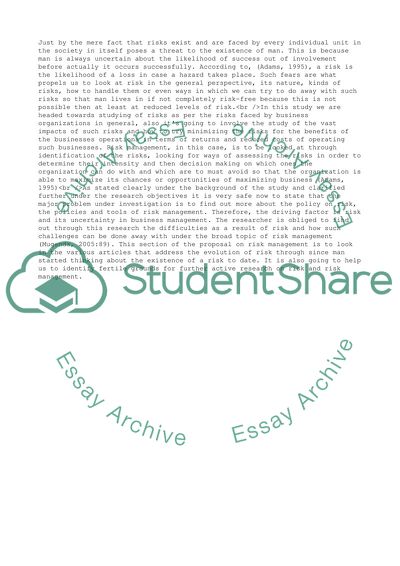Cite this document
(General Risk Management Procedures in Small and Medium Enterprises Research Proposal - 6, n.d.)
General Risk Management Procedures in Small and Medium Enterprises Research Proposal - 6. https://studentshare.org/management/1750978-proposal
General Risk Management Procedures in Small and Medium Enterprises Research Proposal - 6. https://studentshare.org/management/1750978-proposal
(General Risk Management Procedures in Small and Medium Enterprises Research Proposal - 6)
General Risk Management Procedures in Small and Medium Enterprises Research Proposal - 6. https://studentshare.org/management/1750978-proposal.
General Risk Management Procedures in Small and Medium Enterprises Research Proposal - 6. https://studentshare.org/management/1750978-proposal.
“General Risk Management Procedures in Small and Medium Enterprises Research Proposal - 6”. https://studentshare.org/management/1750978-proposal.


